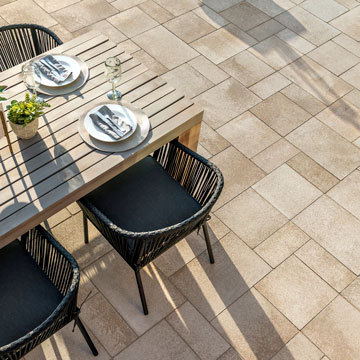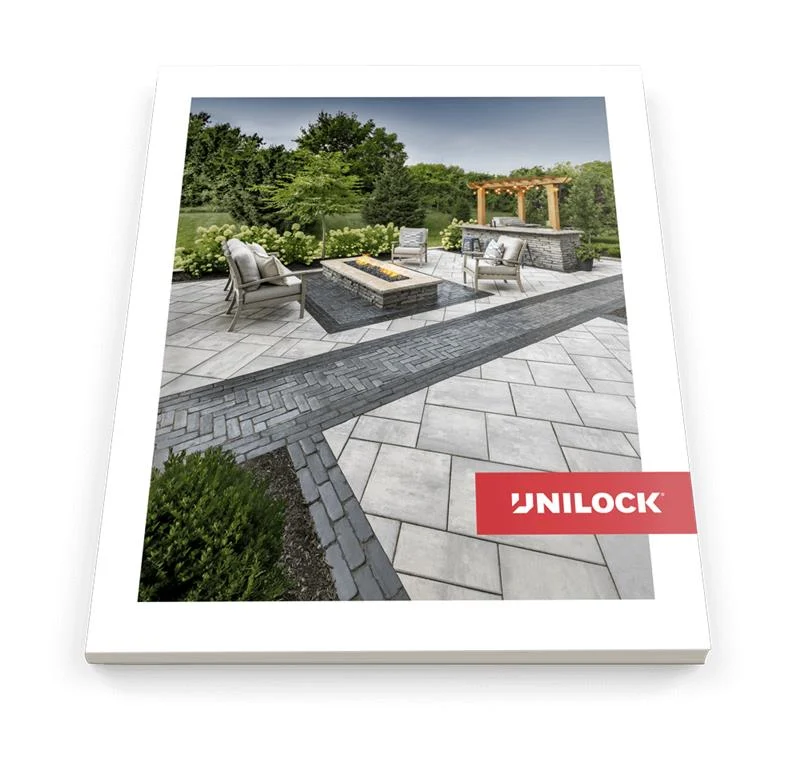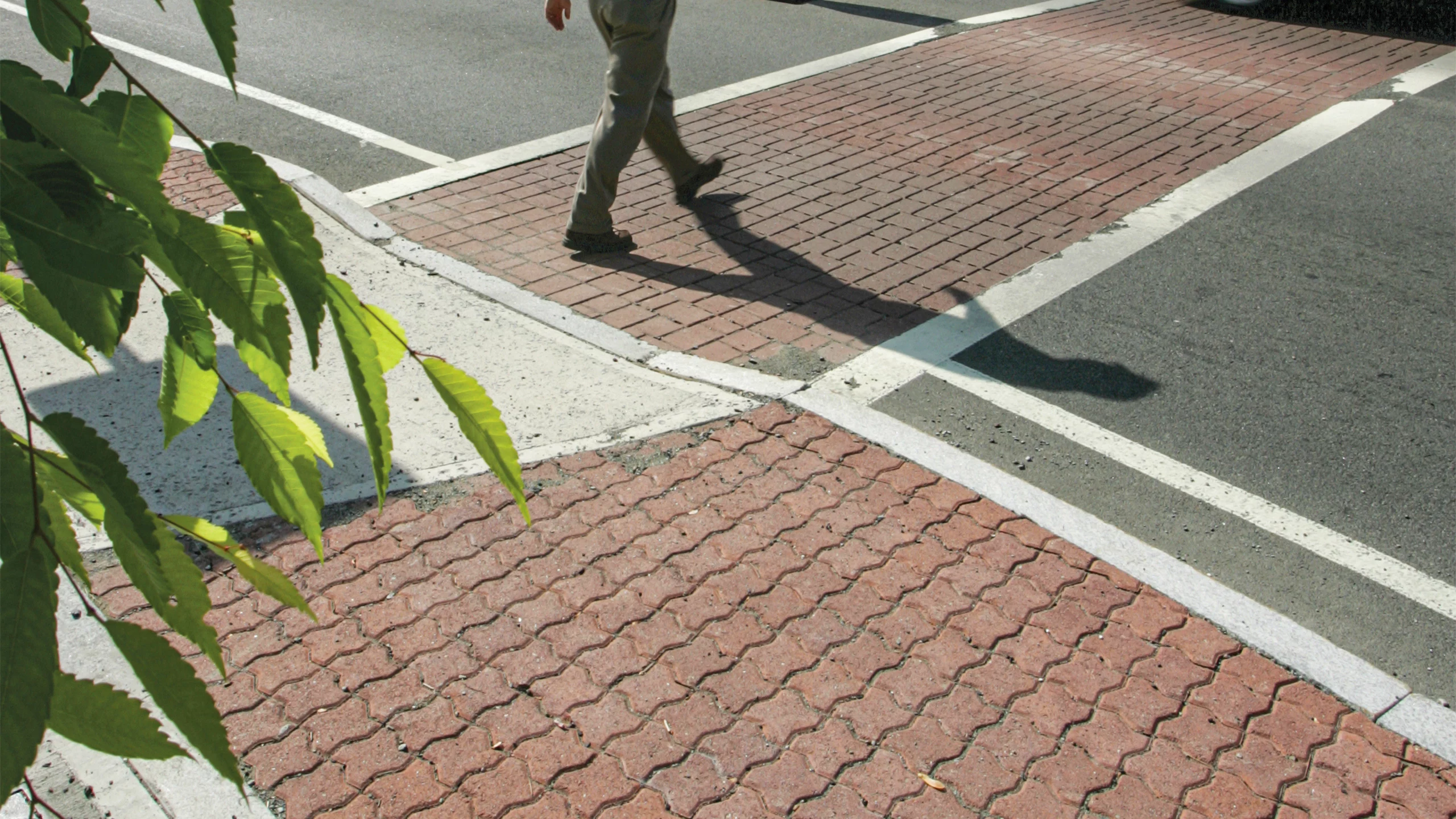You can return any time by using the sub-menu at the top of your screen.
The unique L-shaped design of Anchorlock provides ultimate locking strength for heavy duty applications. Six locking sides and tri-axis engineering have made its performance over the past thirty years in high traffic applications recognized by paver specialists worldwide. As well, it is ideal for mechanical installation, making it an economical choice for large scale projects.
The unique L-shaped design of Anchorlock provides ultimate locking strength for heavy duty applications. Six locking sides and tri-axis engineering have made its performance over the past thirty years in high traffic applications recognized by paver specialists worldwide. As well, it is ideal for mechanical installation, making it an economical choice for large scale projects.
Colors
Applications
Shape and size

225mm x 225mm x 80mm
8 7/8" x 8 7/8" x 3 1/8"


The refined surface of Unilock EnduraColor products is achieved with a two step manufacturing process that combines a base of coarser aggregates for a stronger foundation, with concentrated color and wear-resistant finer aggregates on top. This process protects the surface from the appearance of fading over time because the top layer prevents large, lighter color aggregates from ever showing through.

Recommended Base Stabilization – one layer of DriveGrid™" stabilization grid (or as specified by engineer) between subgrade and base material. Use under Standard Base Gravel or Permeable Base Gravel. Recommended depth 8” to 10” below pavers for maximum stability and performance OR as specified by project engineer.
Standard Base – Min. 6” – 8” of ¾” Crusher Run gravel (any road base standard in accordance with ASTM-D2940) compacted to 98% Standard Proctor Density (SPD).
Standard Bedding Course – 1” thick of coarse sand– in accordance with ASTM-D2940 screeded over base.
Alternative Permeable Base – Min. 6” – 8” of ¾“ clear (ASTM No. 57) open-graded stone compacted to achieve full particle lock-up and consolidation. (Clear open-graded does not compact but does consolidate slightly by rattling the particles together.)
Alternative Permeable Bedding Course – 1” thick of 1/4” clear open-graded chip stone – (ASTM No. 8 or 9) screeded over base.
Jointing Materials
All sands must meet ASTM C144 or C33 Specifications. For best appearance and optimal performance, keep jointing materials approximately 1/8” below the chamfer (bevel edge) of the paver.
Good Option: Ordinary sharp jointing sand in accordance with ASTM C144 or C33. (Common name: Concrete Sand)
Best Option: Any polymeric sand or ordinary concrete sand stabilized by a water-based or solvent-based joint sand stabilizer sealer. Always follow manufacturer’s application specifications and requirements. Only use polymeric if specified by project engineer.
Handling – This product has no special handling requirements.
Edge Restraint - Always install an edge restraint around the perimeter of any paver installation not restrained by building structures. Spike-in edge restraints come in plastic and metal and work well for most applications. A concrete curb or a sub-surface concrete wedge can also be installed to retain the edge.
Paver Compaction - Always use a protective polymer pad on the bottom of your compactor when doing the final compaction of the pavers. An alternative is to use a rubber-roller compactor for the final compaction.
Cleaners – Any cleaner specifically designed for pavers may be used for color restoration or general cleaning. Follow manufacturer’s dilution rates and application procedures. Always test a small area to make sure the results are as expected.
Sealers
- Product may be sealed for aesthetic or cleanliness reasons but it is not required
- Use any sealer approved for concrete pavers
- Select type for desired aesthetics
- Product must be cleaned before sealing
- Always read and follow manufacturer’s application procedures
- Always test a small area to make sure the results are as expected
The Americans with Disabilities Act Accessibility Guidelines (ADAAG) provides measurable criteria to determine compliance, not individual product evaluation. Gaps, joints or openings, greater than ½” horizontal and ¼” vertical should be avoided as they can disrupt wheelchair maneuvering (United States Access Board – Guidelines and Standards).









